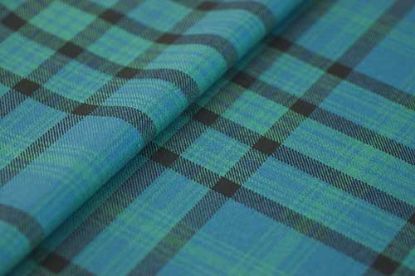Scottish Tartan Colours Thursday, 30 May 2024
Scottish tartan weavers distinguish between colour and shade when crafting a tartan. In traditional tartan weaving, a limited set of colours is used, but different shades of the same colour can be applied. This technique contributes to the variety and appeal of tartan designs. For example, the Modern, Ancient and Weathered versions of the lightweight Gordon tartan (shown below) are identical in...
























